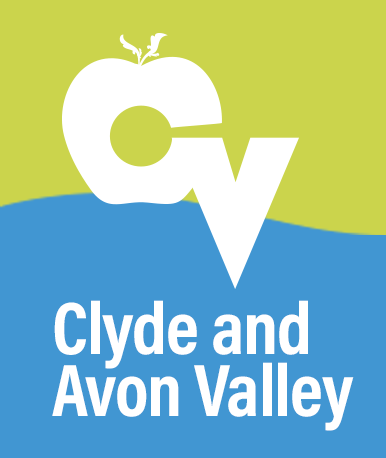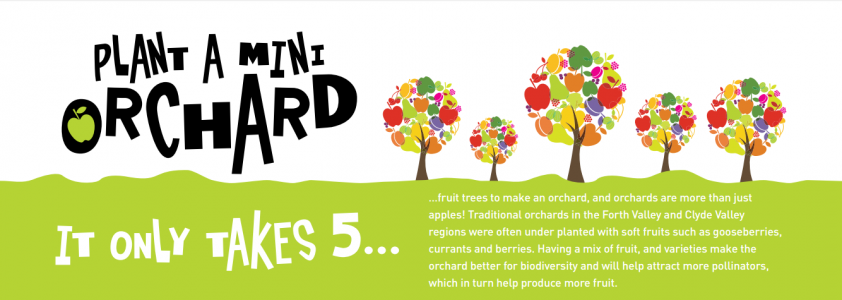Tasting Through Time historic cook book
Historic apple, plum and pear recipes
Karen McCusker, CAVLP Project Officer, January 2017
Over the course of summer 2016, CAVLP Heritage ran a series of Tasting Through Time cookery courses that explored the history of cooking fruit in the Clyde and Avon Valley. The recipes explored now form the Tasting Through Time: Clyde and Avon Valley Cookbook which takes readers on a journey from Roman to Medieval, Early Modern, 18th and 19th Centuries, Rationing and Contemporary cooking. Download the cookbook by clicking the link on the right or read it online by clicking the widget below.
The cookery courses tracked the heritage of fruit growing in the Clyde Valley, from the introduction of the sweet apple to Britain by the Romans to the recipes of the 18th and 19th centuries. The relationship between people, orchards and fruit production means that fruit has always been an important part of local diets throughout time.
Volunteers helped to test a wide variety of recipes centred on fruit produced traditionally in the Clyde and Avon Valley: apples and pears. These were lifted from various sources including the 4th to 5th century transcript De Re Coquinara and Dorothy Best’s Recipe Book, 1688.
The volunteers interpreted the recipes and decided on the measurements of ingredients that would produce the tastiest result. Working in a modern kitchen, the team had to adapt very old recipes to modern cooking techniques by deciding the temperature of the ovens or by substituting difficult to find or unavailable ingredients for more common ones. For example, one of the Roman recipes includes the ingredient Silphium, a plant which is now extinct. The volunteers learned that garlic was an acceptable substitute and used it to great effect in their apple and pork stew, or Minutal Matianum, to use the Roman name.
The historic recipes were collated with family recipes handed down through generations from members of the local community to create the Tasting through Time Cookbook, which is being released for the first time as a part of this virtual museum piece. Download the cookbook by clicking the link on the right or read it online by clicking the widget below.
As recipes continue to be submitted, new editions of the book will be released to include more local flavour and culture. If you have a family recipe and stories that goes along with it that you’d like to submit, contact CAVLP Heritage at This email address is being protected from spambots. You need JavaScript enabled to view it. / 01555 661 555.
The cookbook was created as part of the CAVLP Heritage Capturing the Past project which explored the historical lives of people in the Clyde and Avon Valley. The cookbook follows on from Tasting Through Time historic cookery workshops which took place alongside From Sheep to Shawl traditional dye-making and spinning workshops. Find out more using the links below.




























